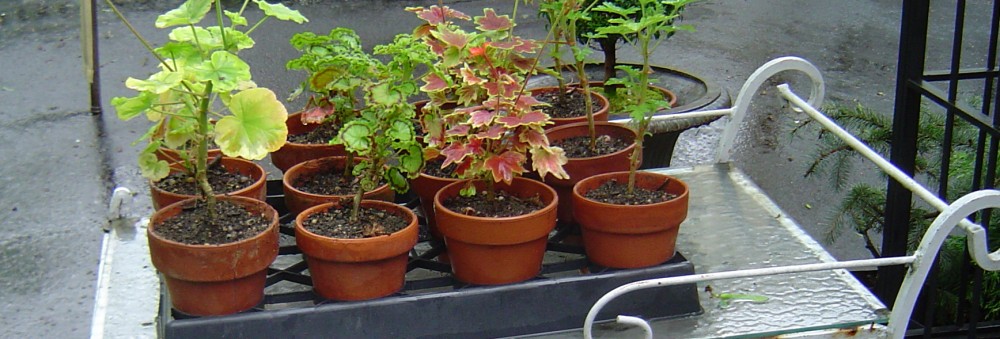No doubt with summer at an end, the garden is looking all too blah. I know mine is. It’d look even worse if the fall flowers were not doing their thing by throwing splashes of color to liven up the scene. We’ve grown so accustomed to planting for color that we’ve completely neglected that most dominant of horticultural colors. Yes, the ubiquitous green.
Green comes in so many hues and yet, we lump it as one humdrum ole’ pigment. Such a shame considering we are absolutely starving for it well before winter has called it quits. In spring, the different shades of green are all too apparent. Spring green, sap green, chartreuse green, olive green, blue-green, gray-green, pthallo green, the list goes on. And every single one of those shades is a welcome sight. So what happens as the year goes along? A lot of the plants that started out looking different seem to turn the same type of green.
It simply means one must select more carefully to create a diversity in greens. The choices are plenty. Variegated plants as well as the huge range of plants with foliage of different greens can infuse the garden with enough excitement. Toss in diverse textures and shapes and you have something truly fantastic. We know all of this but often fail to make the effort because we are too focused on other colors. Hence that humdrum look in late summer.
I got to think more on this matter these last couple of days. I’m enjoying a Tuscan vacation and the classical Italianate gardens are pretty much mostly green. And a uniform green at that. The effect is rather soothingly simple and elegant. Occasional spatters of color only serve to emphasize the minimalistic use of it. The gardens focus more on elements like pattern, perspective and positioning. The simplicity is most deceptive as much thought and skill is required to create these gardens. They are the opposite of cottage gardens where anything goes. It isn’t enough to know plants. A good knowledge of mathematics and architecture along with a heightened sense of aesthetics is required. A tall order for us average gardeners. No wonder that style is not so popular today.
But, I think we should revisit the idea that a garden must always have ‘color’. The more I visit the classical gardens in Tuscany, the more appealing they are becoming. There is something very restful and calm in them. For visual interest, think parterre or knot gardens. Not the highly stylized, hard to maintain sorts of beds but the basic patterns of squares and circles outlined in boxwood and a single shrub or tree in the middle. True, the box needs trimming but that would be just a couple of times a year. There’d be no staking or deadheading! The gravel on the paths and within the beds would make mowing and weeding an occasional necessity. The central trees/shrubs could bear flowers and/or fruit. Does this have any appeal to you?
The problem is, such gardens tend to be quite formal in appearance. A far cry from our more informal looking chateaux. But for the duration of my trip, I’m going to indulge in dreaming up an all green, super-simple, elegant garden.
The following images are of the famous Boboli gardens in Florence and one other private garden. While the low borders are of boxwood, the wall-like hedges are of bay laurel! So utterly fitting to this region – a tip of the hat to its Roman history.
I apologize for the poor quality of the photographs as I’m having some technical problems. Will post much nicer ones in future posts!
(c) 2015 Shobha Vanchiswar
[do_widget “Blog Subscriptions (Jetpack)”]







